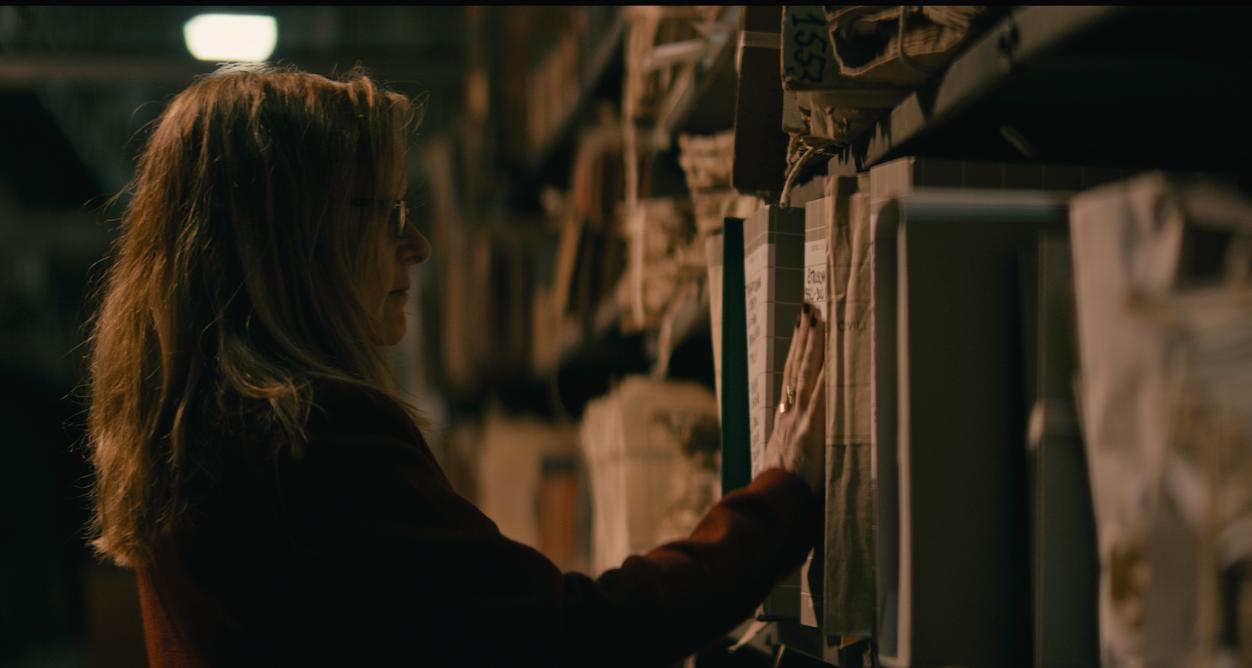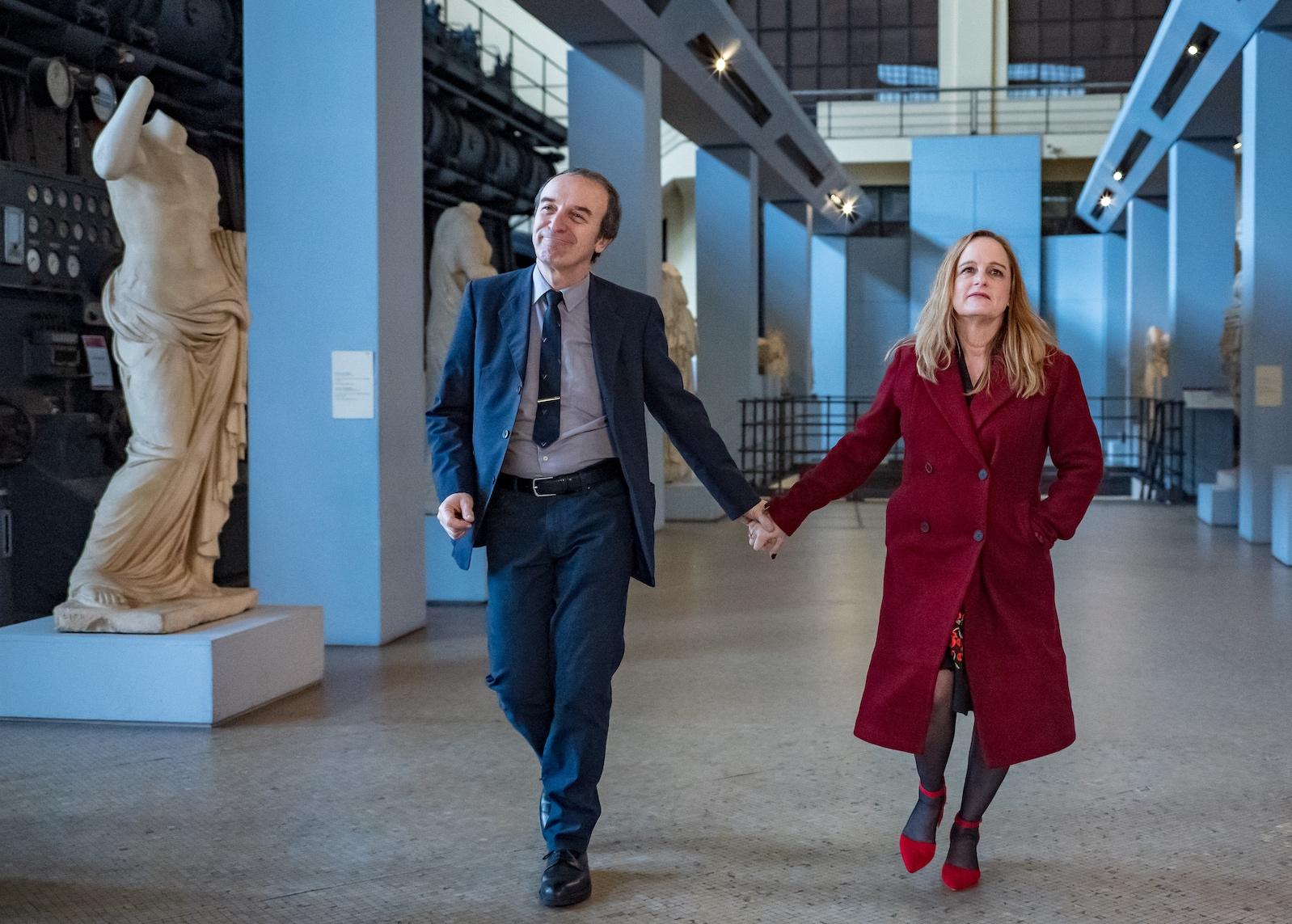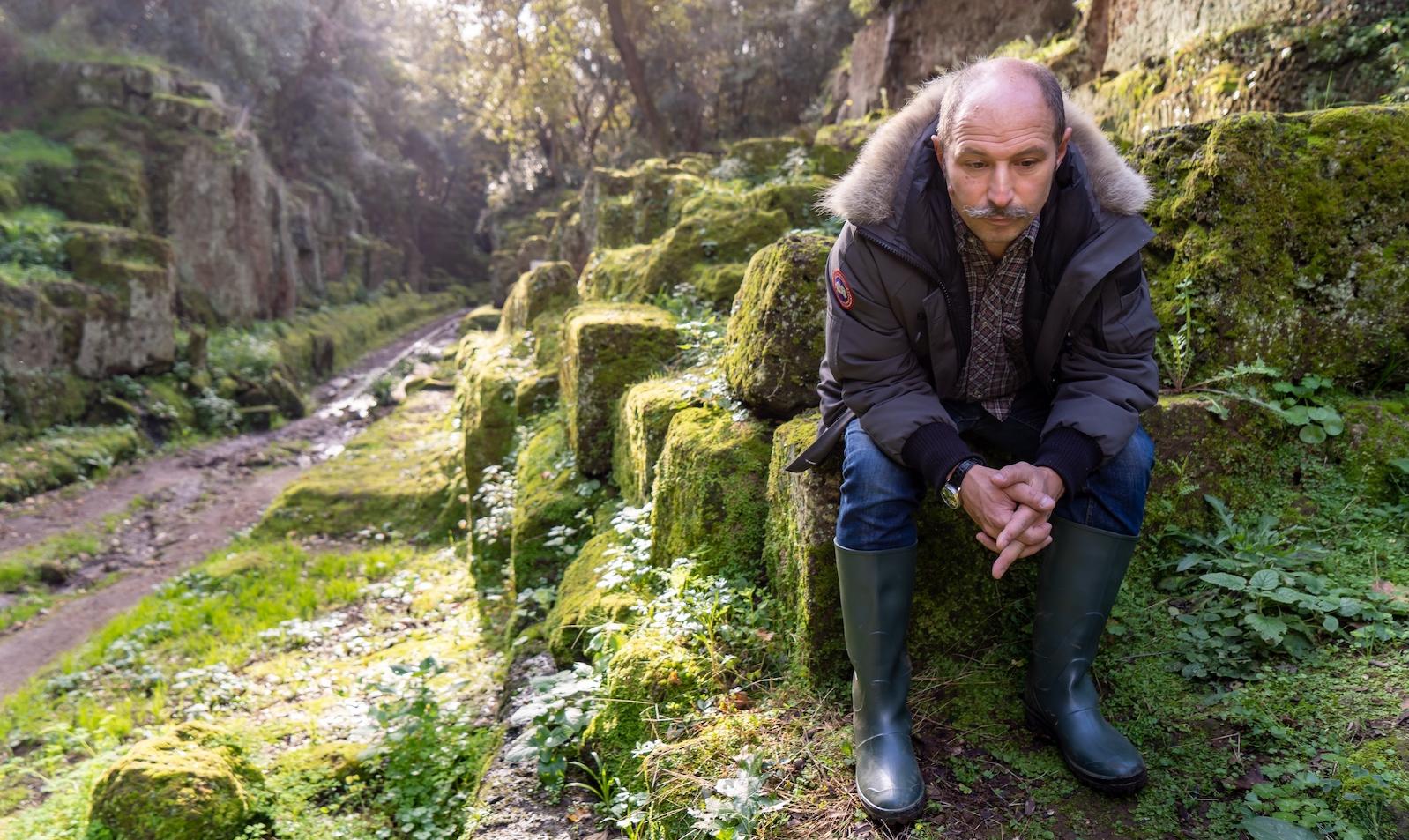“It came through two known trafficking networks, some that had arrests and some had prosecutions and involved massive amounts of returns of objects from the Boston Museum of Fine Arts, the Getty Museum, the Toledo Museum, the Dallas Museum, all tied to the same organization,” says Albertson. “It was one of those feeder organizations that purchased from this group of dealers without any consideration for where they're sourcing the material from.”
The piece was listed as being from the estate of Ingrid McAlpine, the deceased owner of McAlpine Ancient Art Limited in the UK. Research connects the McAlpine family to convicted antiquities smuggler Giacomo Medici. According to Albertson, both names are frequently associated with suspicious transactions. Despite its shady provenance, the antefix came to auction at Christie’s in 2019. The buyer turned out to be Italian jeweler, Bulgari, who paid £8,500 and returned the item to Banditaccia.




























